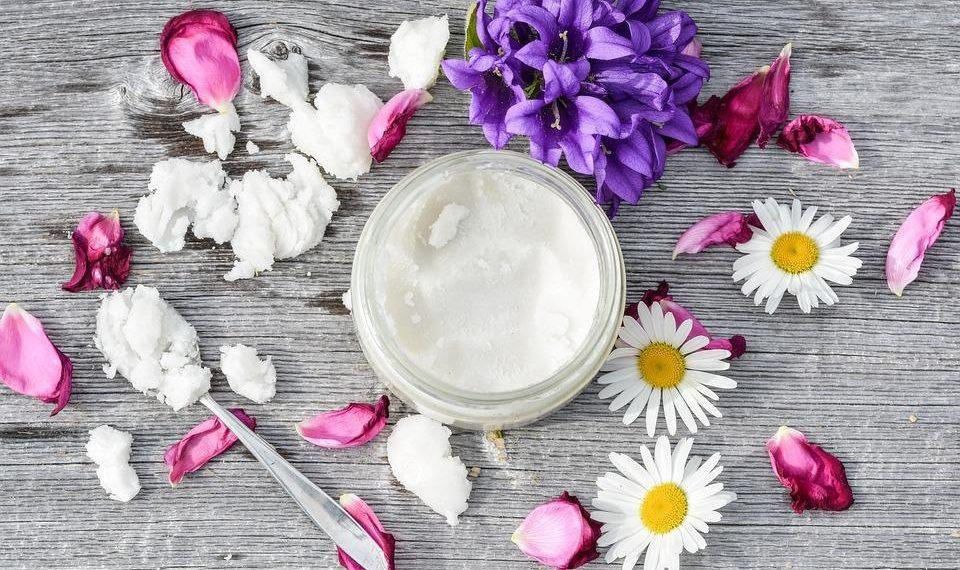Urinary incontinence relief can feel like a distant dream for many, but it doesn’t have to be that way. If you’re one of the millions facing this challenge, know that you’re not alone, and there are effective strategies to help you regain control. Let’s dive deep into practical tips that can make a real difference in your life.
Contents
Understanding Urinary Incontinence
Before we explore these tips, it’s essential to understand what urinary incontinence means. It’s the involuntary loss of urine, affecting your daily life in ways that can be frustrating and isolating. Whether it’s a sudden urge that catches you off guard or a leak when you laugh or sneeze, the implications extend beyond physical discomfort. This condition can impact your confidence, social life, and emotional well-being. But fear not—relief is possible, and it starts with knowledge.
Why It Matters
Addressing urinary incontinence isn’t just about practicality; it’s about reclaiming your life. Imagine attending that family gathering or going for a run without anxiety. By implementing effective strategies, you can enhance your quality of life and enjoy every moment with confidence.
1. Mind Your Pelvic Floor
Strengthening your pelvic floor is one of the most effective ways to achieve urinary incontinence relief. These muscles support your bladder and play a crucial role in controlling urination.
- Kegel Exercises: These are simple yet powerful. To start, identify your pelvic floor muscles (the ones you engage to stop urination mid-flow). Squeeze these muscles for five seconds, then relax for five seconds. Aim for three sets of ten repetitions daily.
- Consistency is Key: Just like any exercise routine, consistency is crucial. Set reminders on your phone or incorporate them into your daily routine—perhaps while brushing your teeth or watching TV.
2. Stay Hydrated, But Strategically
It might sound counterintuitive, but staying hydrated is vital. Dehydration can lead to concentrated urine, which may irritate your bladder.
- Drink Enough Water: Aim for at least eight glasses a day. But monitor your intake. If you notice that drinking certain beverages (like caffeine or alcohol) worsens your symptoms, it may be worth cutting back.
- Timing Matters: Instead of guzzling water all at once, distribute your intake throughout the day. Avoid drinking large amounts before bed to reduce nighttime bathroom trips.
3. Explore Dietary Changes
What you eat can significantly impact your bladder health. Certain foods may irritate your bladder and worsen incontinence.
- Identify Trigger Foods: Common culprits include spicy foods, citrus fruits, and artificial sweeteners. Keep a food diary to track what you eat and how it affects your symptoms.
- Incorporate Fiber: A diet high in fiber helps prevent constipation, which can worsen urinary incontinence. Include whole grains, fruits, and vegetables in your meals.
4. Mindfulness and Stress Management
Stress can exacerbate urinary incontinence symptoms. Learning to manage stress can have a profound impact on your bladder control.
- Practice Mindfulness: Techniques like meditation, deep breathing, or yoga can help you manage stress levels. Even a few minutes a day can make a difference.
- Seek Professional Help: Therapy or counseling can provide valuable tools for coping with anxiety related to incontinence.
5. Consider Bladder Training
Bladder training can be an effective way to regain control over your urge to urinate. This method involves gradually increasing the time between bathroom visits.
- Set a Schedule: Start by urinating at regular intervals (e.g., every hour). Gradually increase the time between trips until you reach every three to four hours.
- Be Patient: This process takes time and dedication. Celebrate small victories, and don’t be discouraged by setbacks.
6. Look Into Medical Options
If lifestyle changes aren’t enough, various medical treatments are available for urinary incontinence relief.
- Consult a Healthcare Provider: Discuss options like pelvic floor physical therapy, medications, or even surgical procedures tailored to your needs.
- Explore Devices: There are also devices available, such as pessaries, which can provide support for your bladder.
7. Join a Support Group
You don’t have to navigate this journey alone. Connecting with others who understand your experience can be incredibly empowering.
- Share Your Story: Talking about your challenges can be cathartic. You’ll gain insights and encouragement from those who’ve walked similar paths.
- Find Local or Online Groups: Many organizations, like the National Association for Continence, offer resources and community support.
Bottom Line
Urinary incontinence relief is within reach. By taking proactive steps—strengthening your pelvic floor, staying hydrated, adjusting your diet, managing stress, exploring bladder training, considering medical options, and connecting with others—you can reclaim your life.
You are not defined by your condition; instead, you are empowered by your choices. So, take that first step today. You deserve to live freely and confidently.
Frequently Asked Questions (FAQ)
What causes urinary incontinence?
Urinary incontinence can be caused by a variety of factors, including age, pregnancy, childbirth, menopause, certain medical conditions, and lifestyle choices.
Is incontinence only an issue for older adults?
No, while it’s more common in older adults, urinary incontinence can affect people of all ages, including those who have never given birth or experienced menopause.
Can lifestyle changes really make a difference?
Absolutely! Many people find significant relief through lifestyle changes, including diet, exercise, and stress management.
For further information, consider visiting the National Association for Continence, Mayo Clinic’s page on urinary incontinence, and the American Urological Association.
Get Your FREE Natural Health Guide!
Subscribe now and receive our exclusive ebook packed with natural health tips, practical wellness advice, and easy lifestyle changes — delivered straight to your inbox.
















